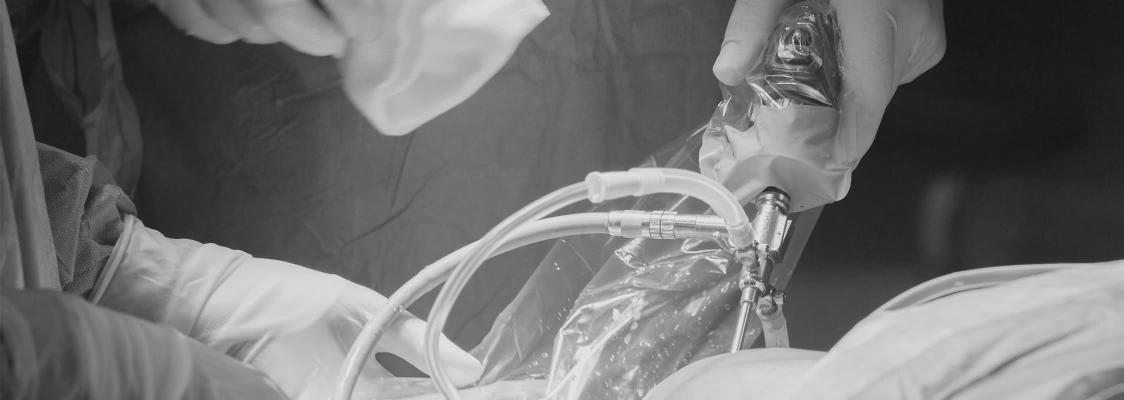Successful Total Knee Replacement Surgery requires the knee replacement components to be precisely implanted into position within the knee joint so that the remaining ligaments, tendons and soft tissue structures of the knee remain functioning in a natural manner. This allows the knee to feel more natural and maximises the likelihood that the knee will function well. When a knee replacement has been well implanted with appropriate consideration of the remaining soft tissues, it is said to be a “well balanced” total knee replacement.
There has been much study and literature in recent years regarding what is the optimal positioning for total knee replacement components. Although this debate continues, it is apparent that increased focus on the tension/laxity (tightness or looseness) of the ligaments and soft tissue structures at the knee is important in achieving a successful total knee replacement.
Computer Navigated Total Knee Replacement is a method of performing total knee replacement surgery in which the surgeon utilises a computer system in theatre, throughout the duration of surgery, that allows implants to be precisely positioned (and for positions to be minutely adjusted). Dr Doneley utilises computer navigation systems for all primary total knee replacement surgery.
The computer system is able to “see” the leg and also “see” the surgical instruments through the use of stereoscopic cameras and optical trackers (similar to motion capture techniques used in movie production). This allows for the required bone cuts (which subsequently determine the positions of the implants) to be very accurately made. The bone cuts can then be checked and adjusted (to within 0.5mm and/or ½ degree) in order to fine tune the knee replacement balance.
During surgery, “trial runs” of the eventual knee replacement are made under the scrutiny of the computer system and the “balance” of the entire knee (as it moves through the full range of bending and straightening) is assessed in real-time. Fine tuning of the balance can then be achieved by adjusting the soft tissues, component positioning and component sizing.
Robotics have recently been introduced into total knee replacement surgery also. They function in a very similar manner to computer navigation computers described above – allowing for very accurate “balancing” of knee replacement surgeries.
